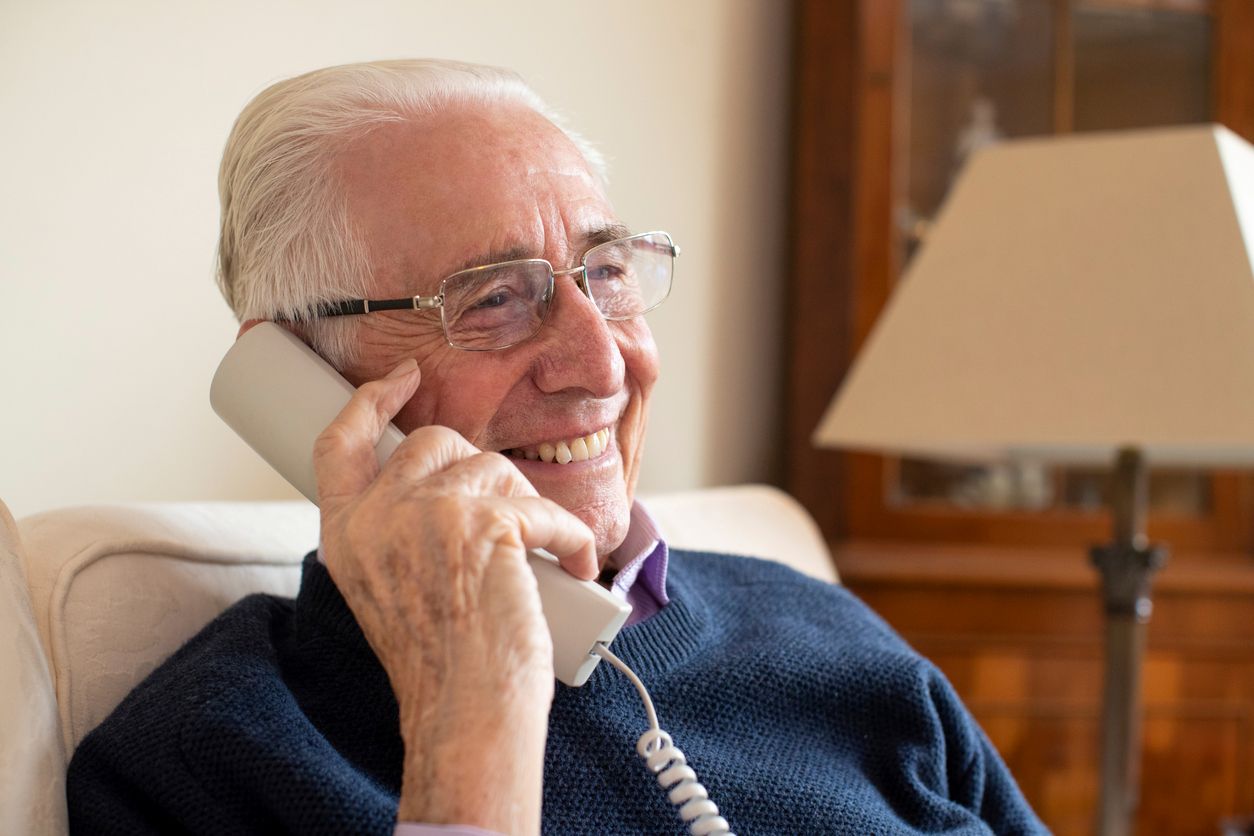Retro home phone: the vintage landline you didn’t know you needed

“Everything old is new again,” sang Peter Allen in the 1979 film “All That Jazz.” While the phrase is often applied to fashion trends, it’s equally true of vintage phones. Everyone may have a smartphone in their palm today, but a retro home phone? That’s a showpiece!
Retro house phones are chic and fun
For instance, when Ooma debuted a retro red lips phone for Valentine’s Day last year—just as the Rolling Stones’ Hackney Diamonds tour was featuring their signature bright red lips and tongue logo—it was massively popular. People who love retro home accessories were eager to buy the retro phones Ooma offers, from the red lips to the hamburger to the classic rotary phone. As Taylor Swift sang, red lips are a classic that never goes out of style.
In fact, some chic hotels even offer retro phones for overnight guests. The Ace Hotel, with locations in Los Angeles, New York and Portland, features vintage rotary phones in select guest rooms, as does the NoMad Hotel in New York City and Hotel Zetta in San Francisco. Modern amenities with a nostalgic touch bring the ultimate unique design.
At home, an old-fashioned dial phone is fun—especially if you have a teen in the house who’s never used one. Someone who grew up without a retro home phone is likely to dial a number and then lift the handset, mimicking a cell phone. Let’s just say that won’t quite work!
Yet some Gen Z’s or Gen A’s genuinely enjoy the old technology. It’s a curiosity: no icons, no apps, not even a screen! A retro telephone is a literal plug-and-play device: strange but cool. Everything old is new again.
Or maybe you’re the one who’s nostalgic for that retro phone in your room—you know, the one you wanted as a teen but didn’t get. Now it’s time to get your own. And the retro hamburger phone won’t show up on your hips, either. It’s a win-win!
Even the sounds of a rotary phone are distinctive and uniform. A rotary phone doesn’t play a theme song or have any ringtone other than the classic “brrring”. Before Caller ID, it was a thrill to hear the familiar ring and rush to pick up the call to see who was on the line. That’s part of rotary phone charm.
Retro home phones are dependable
It can also reduce screen time and bring the family closer. Today, soaring housing costs, coupled with an aging population, have spurred the return of another old-fashioned practice: multigenerational living arrangements. It’s typically safer for a grandparent to live with family members rather than struggle to maintain their own apartment. It’s also a boon for the sandwich generation (those who take care of kids as well as elders) to have another adult onsite to help watch the youngsters.
A landline phone can bring all generations together by being the best of both worlds: the look and feel of a classic phone with the benefits made possible through VoIP technology. Let’s explore.
Retro home phones: modern features with retro vibes
In a mutigenerational living scenario, a vintage landline phone makes sense. First off, it’s not a “vintage phone” to someone who grew up with one and used it all their life—it’s simply a telephone. Yet a phone with VoIP service—such as Ooma—can be super helpful to a multigenerational family in a number of ways:
- It’s stationary. Unlike mobile phones—whose very name implies they can travel to discreet locations such as under the couch or in the bathroom when you need them most—a corded landline phone stays put. The good news is you can buy a longer cord if necessary, so you can take that private call into the hallway or behind a door.
- It has advanced features. The retro home phone may look like the landline phones of yesteryear, but VoIP technology means that with this phone, you can access critical features to keep your family safe, including caller ID, advanced call blocking, and Enhanced 911 for emergency calls. Some companies have a mobile app so you can access your home phone when you’re away.
- It’s more affordable than traditional landlines, or even most cell phone plans.
- You can use an Ooma VoIP retro phone to teach children phone etiquette, something they can’t learn by texting.
- It reduces screen time. A retro home phone will not give off blue light because it has no screen. Constant blue light exposure impacts our eyes, sleep and overall health in ways we never had to consider just a few decades ago. The rapid increase in screen time can lead to sleep disorders and cognitive dysfunction. A vintage phone won’t cause such concerns; though if your kids are drawn to the charming vibe of the phone, you may end up needing a separate line.
While touchscreens are natural for so many of us today, there’s nothing quite like the tactile experience of a retro telephone on which you can conduct a conversation with no flashing alerts to distract you. The analog phone might be as refreshing as an outdoor walk—and it never goes out of style.



